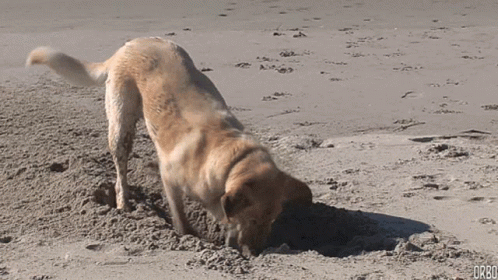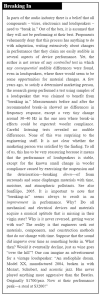Can you define this “spectral decay”? To me it sounds exactly like the change, evolution of _frequency response_ in time - one set initially and changed over time?
My point is this, there is no reason to use FR as an indication or proof that break ins do not exist or isnt audible.
....
People have shown minor (and permanent) driver parameters changes over break in times. I have personally done contract research where I noted changes in cone breakup over hours (high speed interferometry). Audible? If so minimal. A speaker will never go from bad or acceptable to good from it.
For those new to the thread, here are a few measurements of drivers to give you an idea of the magnitude of deviations involved in this topic.
For the near field measurements shown (distance <2cm from the woofer cone) please note that there are 1.5 years between the measurements and I cannot guarantee that the measurement conditions were exactly the same (did not anticipate the break-in thread).
Therefore, please do not overestimate every small deviation.
Subwoofer Dayton RSS390HF-4 - measured 2018 before "break-in", versus measured 2020
frequency response 2018 versus 2020
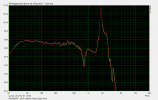
Hardly any change in the frequency response, if then a slight deterioration.
burst decay 2018 versus 2020 (same as CSD but oscillation periods instead of time, it's a better "measure" to evaluate decay problems). Pay a little attention to the scaling
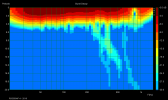
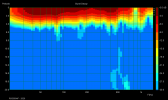
Also hardly any difference. Around 300Hz a slight improvement, but at other frequencies (e.g. 80Hz) slight deterioration.
Midwoofer SB17NAC35-4 - measured 2018 before "break-in", versus measured 2020
frequency response 2018 versus 2020

Between 1-2kHz there is a slight deviation.
burst decay 2018 versus 2020
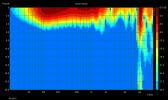
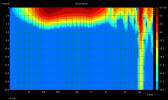
Besides the small change of 1-2kHz, no change.
Whether these small changes can cause a change in the sound from good to bad or vice versa, may be rather negated in these two cases. But what you can also see is that not every change has to lead to an improvement.
With certain PA drivers, the differences could be greater, for example, because of very "stiff" spider and surround. There can always be exceptions, of course, but a good driver should not change much after a few minutes of (high excursion) oscillation with a sinusoidal signal.

